Castles for Defence, and for Living
Many castles were built solely for defence, for example, Pendennis and St Mawes, each guarding either side of the entrance to the River Fal in Cornwall.
Others, in reality, more as elegant country houses such as Bodiam Castle or Herstmonceux Castle, both in East Sussex. However, a castle, in the true sense of the word, would have been constructed with both purposes in mind.
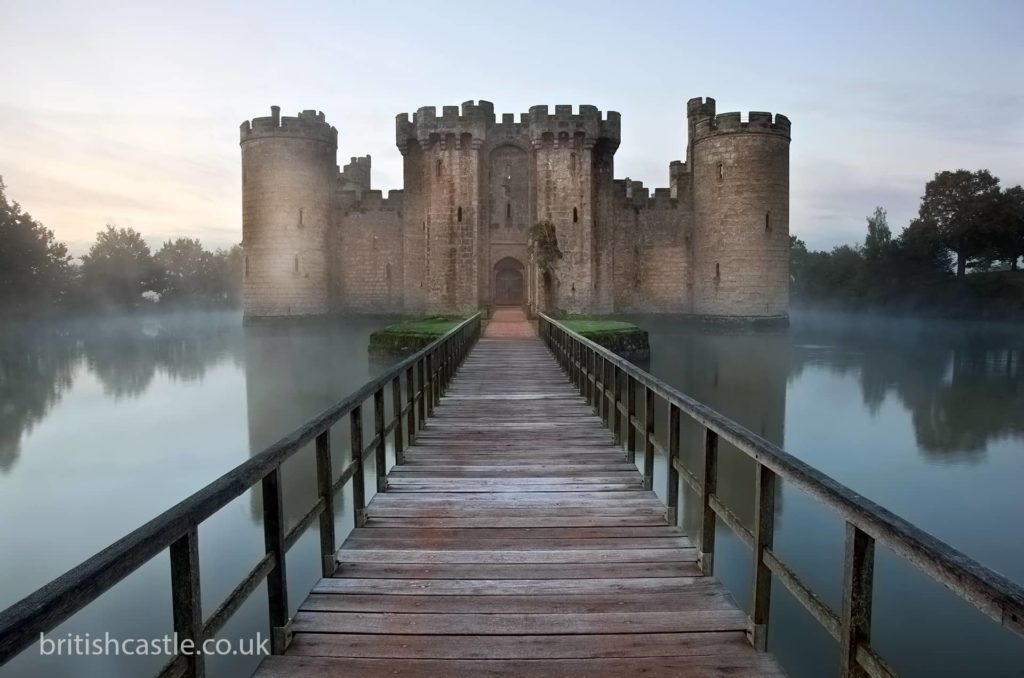
Probably the best example, now the largest of all castles, Windsor Castle, in Berkshire, originally served as a major defence of western enemy advances towards London whilst also providing a comfortable resting place for its builder, William the Conqueror.
Castles were most often conceived and constructed with the protection necessary to keep hostile forces at bay but also to accommodate kings and queens, or similarly important and powerful barons, lords and the like, in palatial style.
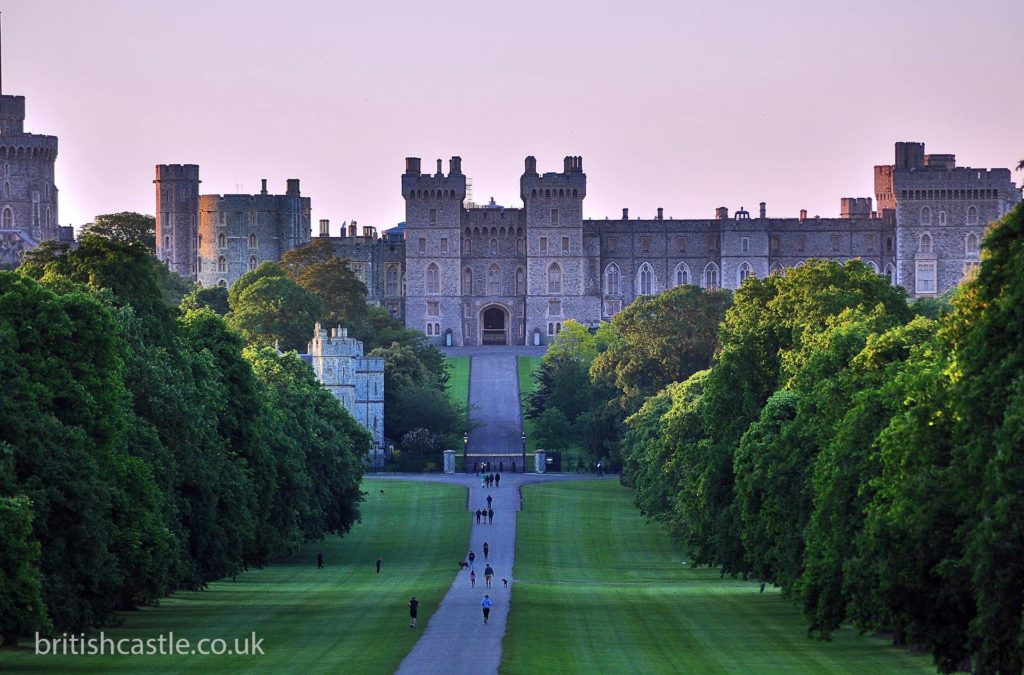
First British Castles
Castles, as distinct from the earlier hill forts of the iron age, first appeared in the British Isles around the time of Norman Conquest. Actually, it was a few years before when French noblemen friends of Edward the Confessor, to further extravagant hunting parties and as a means to subjugate and terrorise local populations, had introduced the practise of castle building.
The first surviving English document to use the word castle, the Anglo-saxon Chronicle, kept in the Bodleian Library in Oxford, contains accounts by an outraged monk of such events, in Herefordshire, in 1051.
Known as motte and bailey castles, these mostly wooden defensive structures encircled by a palisade and built atop large earthen mounds, typically included domestic buildings for sleeping and eating, great halls for feasting, as well as rooms to house maybe a small army of men and stables for cavalry.
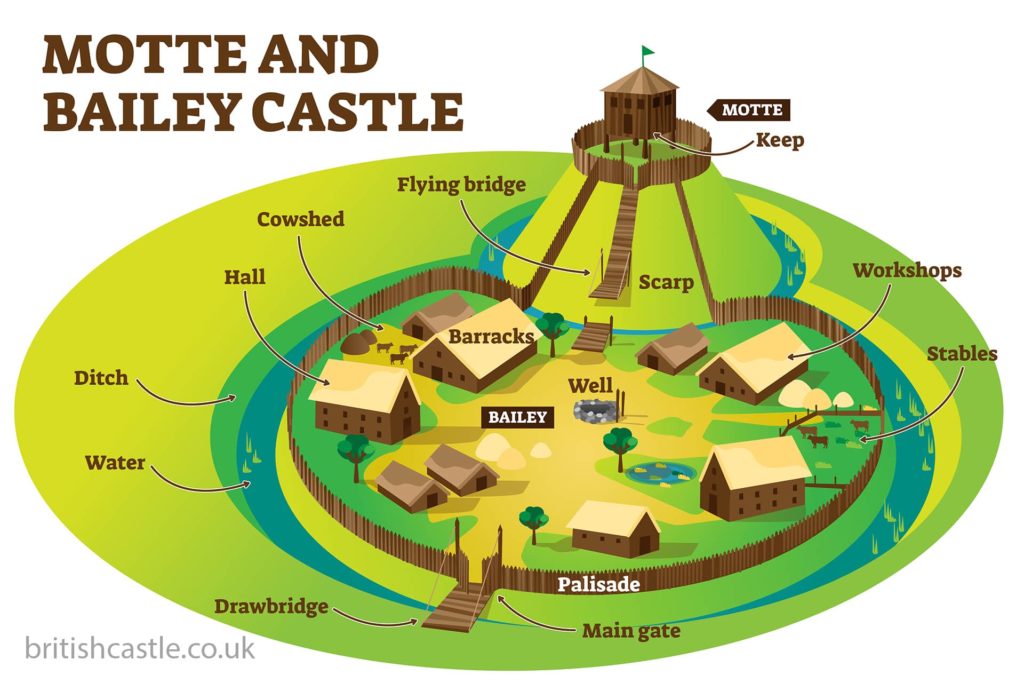
It had been invading Vikings from the north, hundreds of years earlier during the ninth century, that had first brought them to mainland Europe.
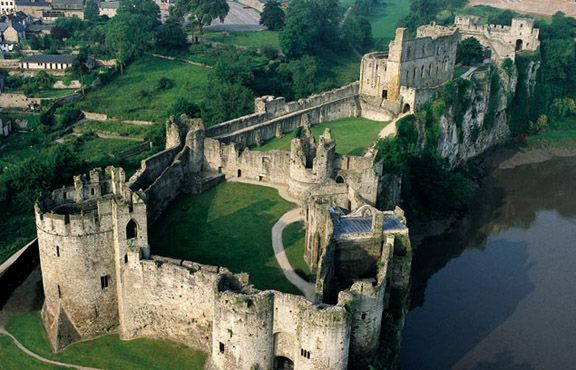
They had been readily adopted as de facto defences by all manor of lords and landowner in the evolving feudal France of the time. Within just a few decades of William the Conqueror’s unwelcome arrival, with his invading army, in 1066, many hundreds of these castles were erected throughout much of Britain, from the first built on the south east coast of England at Pevensey, to Bamburgh Castle in the north, Chepstow Castle in Wales and to Dunster Castle in the west country. Remnants of these original castles exist to this day.
Medieval Castles
Castle building in Britain continued in a similar vein for the next few hundred years. And more and more were being built of stone rather than wood. As defences improved so did the weapons with which to attack them by. Bows and arrows were replaced with guns and bullets whilst gunpowder and cannon replaced trebuchet and stone projectile.
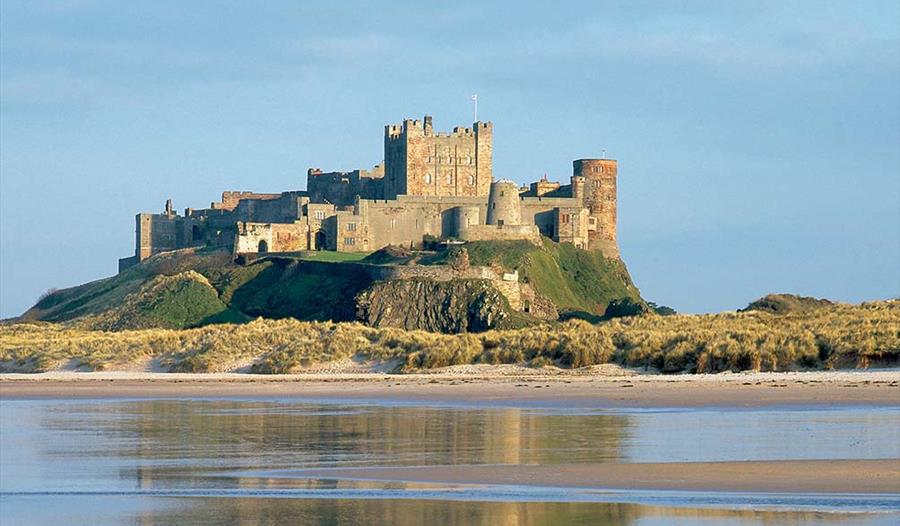
English Civil War
In feudal medieval Britain, successive kings and queens, along with their appointed barons, lorded it over their subjects with little fear of dissent. However, all this was to change, for a few decades at least, during the English Civil Wars of the seventeenth century led by Oliver Cromwell.
In one of the most destructive periods in British history the vast majority of British castles were attacked, sacked, burnt and generally destroyed by a seething mass of popular revolt against royalty and the ruling classes.
A Man’s Home is his Castle
Peace and normality were to prevail though the great period of British castle building had finally come to an end, the aristocracy making the realisation that such outward and arrogant shows of wealth and power would unlikely be tolerated again by the people. A balance had to be struck, compromises made.
We can now be grateful for this period in British history having contributed to the building of many of the finest castle houses of the world.
Hi
Re Winsor Castle page
you could ask your historian to check dates that 3 Henrys reigned as following
looks incorrect
‘Between 1319 and 1471, Henry IV, Henry V, and Henry V all reigned. ‘
Cannot have been 2 Henry Vs
regards
Dave
Thanks, well spotted. It’s a typo, the last one should have been Henry VI